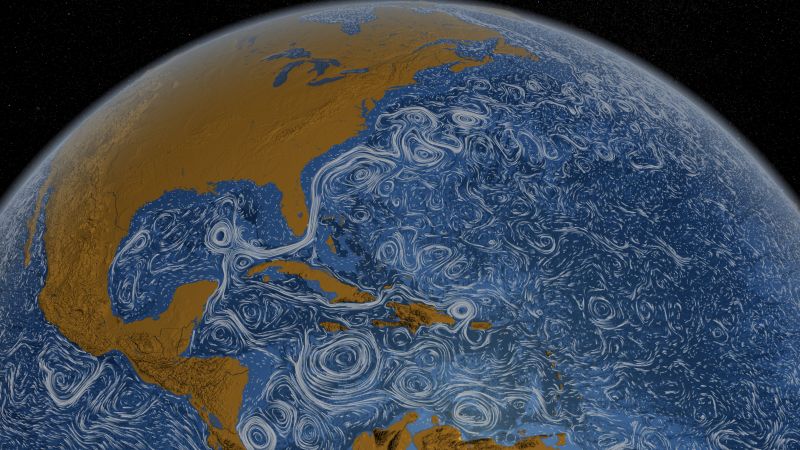RSS feed source: US Energy Information Administration
In-brief analysis
April 22, 2025
Utility-scale solar power capacity in China reached more than 880 gigawatts (GW) in 2024, according to China’s National Energy Administration. China has more utility-scale solar than any other country. The 277 GW of utility-scale solar capacity installed in China in 2024 alone is more than twice as much as the 121 GW of utility-scale solar capacity installed in the United States at the end of 2024.
Planned solar capacity projects will likely lead to continued growth in China’s solar capacity. More than 720 GW of solar capacity are in development: about 250 GW under construction, nearly 300 GW in pre-construction phases, and 177 GW of announced projects, according to the Global Solar Power Tracker compiled by Global Energy Monitor.
Some of the largest projects under development are in the Inner Mongolia
Click this link to continue reading the article on the source website.



